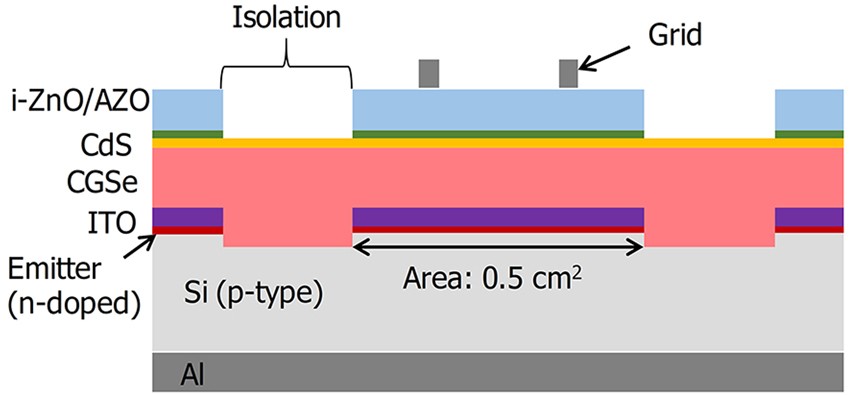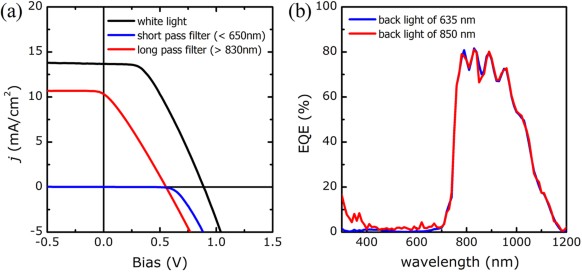The G Summary Eqe Tools Of The Trade

Feb 28, 2019 - Tips & info to help pass the European Qualifying Exam (EQE) or Patent Bar. EPC changes and an overview of recent relevant PCT changes. The G Summary Eqe Tools Clip. Trade fair had demonstration + test results + video; a lot of possible options to consider before you get to end - not possible.
This Just OC Character, not real. Naruto shipuden the hokage ppsspp. Source: ------------------------------------------------------------------------- PSP GAME:Naruto Shippuden Ultimate Ninja Impact Play PSP Game with Emulator PPSSPP ------------------------------------------------------------------------- ► Like Fanspage: ► Visit My Website: ► Subscribe My Channel: ------------------------------------------------------------------------- ● Link Download Mod Texture: ------------------------------------------------------------------------- ===========Thanks For Watching ^^============.

Preparation: - Check the and plan to arrive early - Since EQE2017, an additional 30 minutes has been given for papers A, B, C and D ( - page 43) to help candidates who do not have English, French or German as their mother language. The papers are designed to be made in the official REE duration (e.g. 5 hours for C and D) but an extra 30 minutes is given to make it at the exam (e.g. 5.5 hours for C and D).
- Read through the rules regarding the conduct of the exam ( - page 27-29). See the about possible problems. - what candidates from last year said about the location where you are taking the exam - Be well rested in the days before the exam - many D candidates sleep badly on Monday night - Take a suitcase with wheels, and limit the books to ones you have used in the last 6 months of your preparation - After doing the papers of 2017, look at the Tutors' Report to help with interpreting the EQE Compendium ( - pages 20-29) - For the A & B papers, don't forget to do the () and () for additional practice. There is also a behind the combined technology papers which were given for the first time at EQE 2017.
- If necessary, look for reducing anxiety at the exam - Be prepared to do the exams with a relatively small (possible as small as 60cm x 90cm) space. Normally, you can place books you don't need under the table. - Look through the for other tips General: - Photo identification (passport or drivers license) - several black or blue pens (gel-pens are preferred for quick writing, but they can run out quickly). Make sure the pens are not too thin or bring ones with different diameters - as your hand gets tired, it gets more difficult to hold a thin pen. - no electronic devices: only a wrist watch with an analogue display (and without any additional options) is allowed on your desk during the exam.
- make arrangements to leave your phone & laptops at home or in your hotel or in a train station locker. See the about possible problems.
- correction roller - highlighters for use when reading the exam paper (don't use blue highlighters on anything that will be handed in as it will not copy well) - Pre-Exam only: 1-2 black medium soft HB pencils + suitable eraser + pencil sharpener - for A/B papers, if you want to cut and paste parts of the exam paper into your answer: scissors and a glue stick or silent permanent glue roller. Updated on 25 Jan 18: new regulations: the scissors should be rounded at the ends, with a blade of 6cm or less (measured from the fulcrum).
Viscous fluid dampers have proved to be effective in suppressing unwanted vibrations in a range of engineering structures. Power rangers mystic force games free download for gba game. When dampers are fitted in a structure, a brace is typically used to attach them to the main structure. The stiffness of this brace can significantly alter the effectiveness of the damper, and in structures with multiple dampers, this can be a complex scenario to model. In this paper, we demonstrate that the effects of the brace compliance on the damper performance can be modelled by way of a first‐order filter.
We use this result to formulate a procedure that calculates the stiffness required by the supporting brace to provide a specified effectiveness of the damping action. The proposed procedure assumes that viscous dampers have been sized in a previous design step based on any optimal methodology in which, as is usually the case, the presence of supporting braces and their dynamic effects were neglected. Firstly considering a one degree‐of‐freedom system, we show that the proposed method ensures a desired level of damper efficiency for all frequencies within a selected bandwidth.